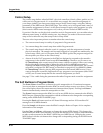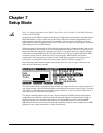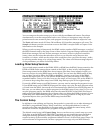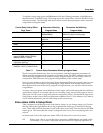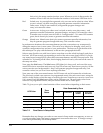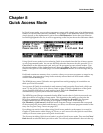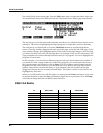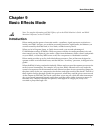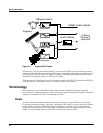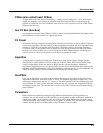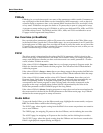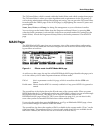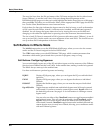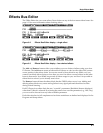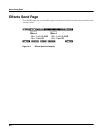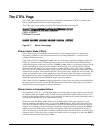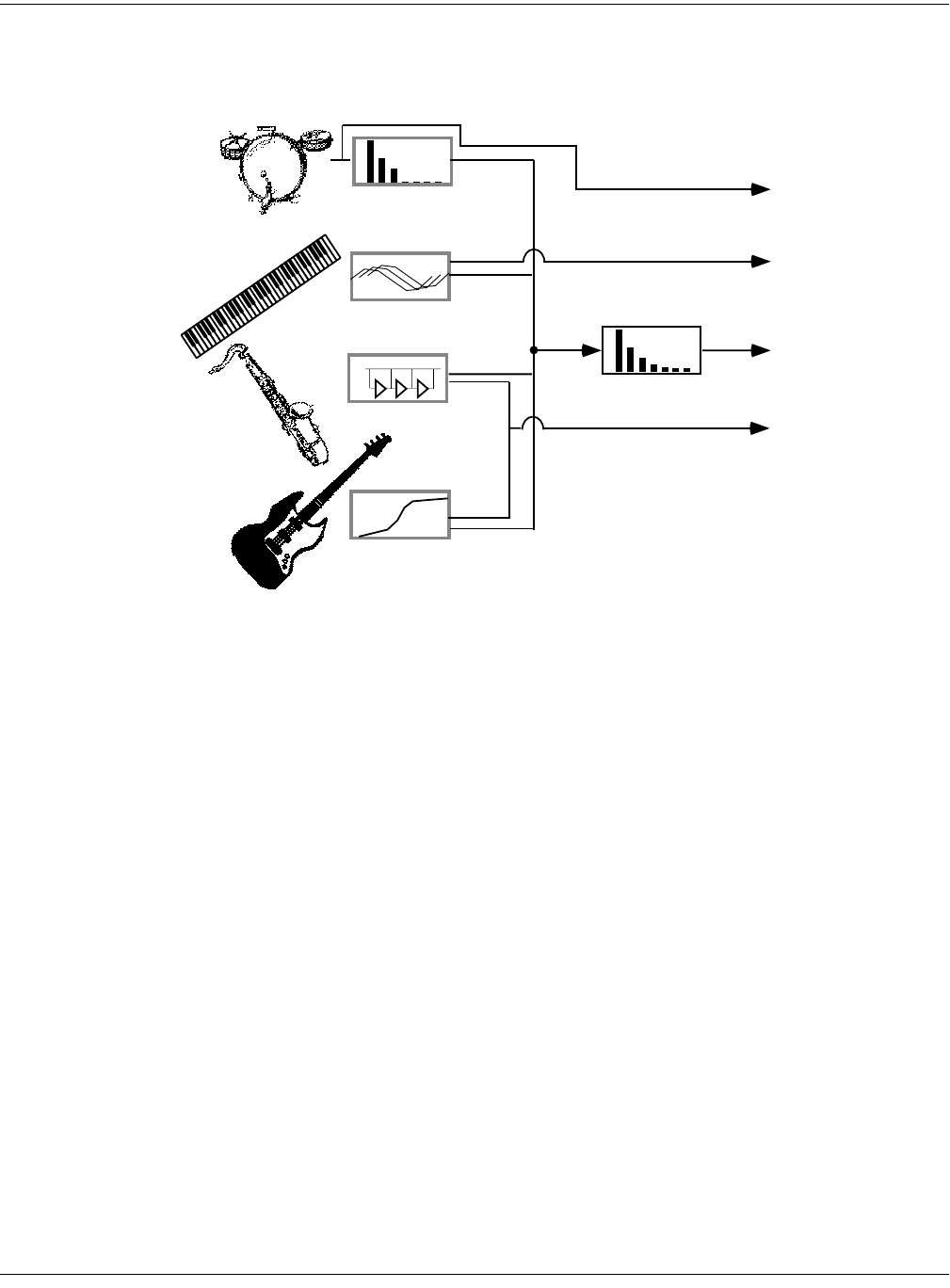
9-2
Basic Effects Mode
Terminology
Figure 9-1 A typical KDFX Studio
Alternatively, in a live performance setting, you can use the KDFX in Setup mode as an entire
orchestra, with different instruments layered on top of each other and mapped to different parts
of the keyboard, all with their own signal processing—and that signal processing can change
completely in an instant when you call up a new setup.
These are just two of the huge variety of scenarios possible with KDFX. The structure of KDFX is
so flexible that you should never run out of ideas for how it can be used.
Terminology
Before starting to work with Effects mode, take a minute to familiarize yourself with the
relevant terms. Understanding the words will help you get the concepts more quickly. Read this
chapter first, and refer to it later if something isn’t clear.
Studio
A studio is the entire Effects-mode environment, consisting of inputs, FXBuses, an Aux Bus,
FX presets, parameter settings, overrides, and outputs. One studio is current at a time in Effects
mode. Studios are objects, like K2661 programs, and have a number. They can be linked to
programs or setups using the FXCtrl setting. The K2661 comes with a large number of factory
studios. You can modify them or create new ones and store them in RAM.
Multitap Delay
Flanger
Plate Reverb
Compressor
Room Reverb
K2500 Outputs
Programs
FXBuses (Inserts)
AuxFX (Global)
to Mixing
Console or
tape deck
K2661 audio outputs



